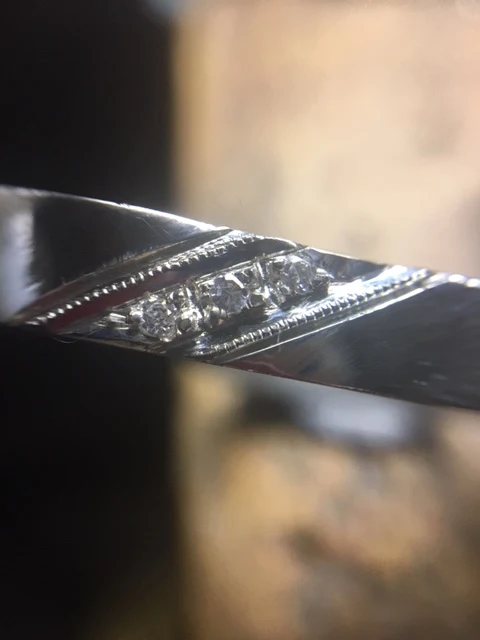I saw these 2024 &2025 Engagement rings on a jewellery website and I feel that I want to put some of my thoughts into what I feel towards them.
I try not to mention the creator's name nor the costs for those diamonds but suffice it to say these are just spectacular and original. The jewellery site did report that "what was old, is now new again".
======================================
The ring on the left is an "Old Fashioned Cut" stone, how did I know this? The Culet point was removed. Many of the facets we not completed during the Diamond Polishing process, this shows that this diamond was from the last century (1900's).
At each corner of the 6-cornered pattern, the designer chose to have a larger diamond. This was to give more emphasis to a 6-cornered design. Good idea!
The other stone-setting techniques will be discussed further in this essay.
I enjoy the thick and protective "V" shaped 2 claws as this gives maximum protection to the most vulnerable areas of the Marquise. The 'wide, side claws' also protect the widest part of the stone giving maximum security to this 3.25-carat diamond.The Blue-stone bezels were correctly Full-Bezel set and they were Bright-Cut. The four claws just seem to blend in towards the centre stone. Job well done!
This Full Bezel seems to make the Marquise diamond look wider as well as longer. It also fully protects all areas of this precious diamond. The three diamonds were set in white gold, which is why the white gold ring is a perfect match for a 'near-colourless' diamond. The inside of the 3 Full Bezels were Bright Cut.

.jpg)










.jpg)

.jpg)





.jpg)

%20(1).JPG)
.JPG)
